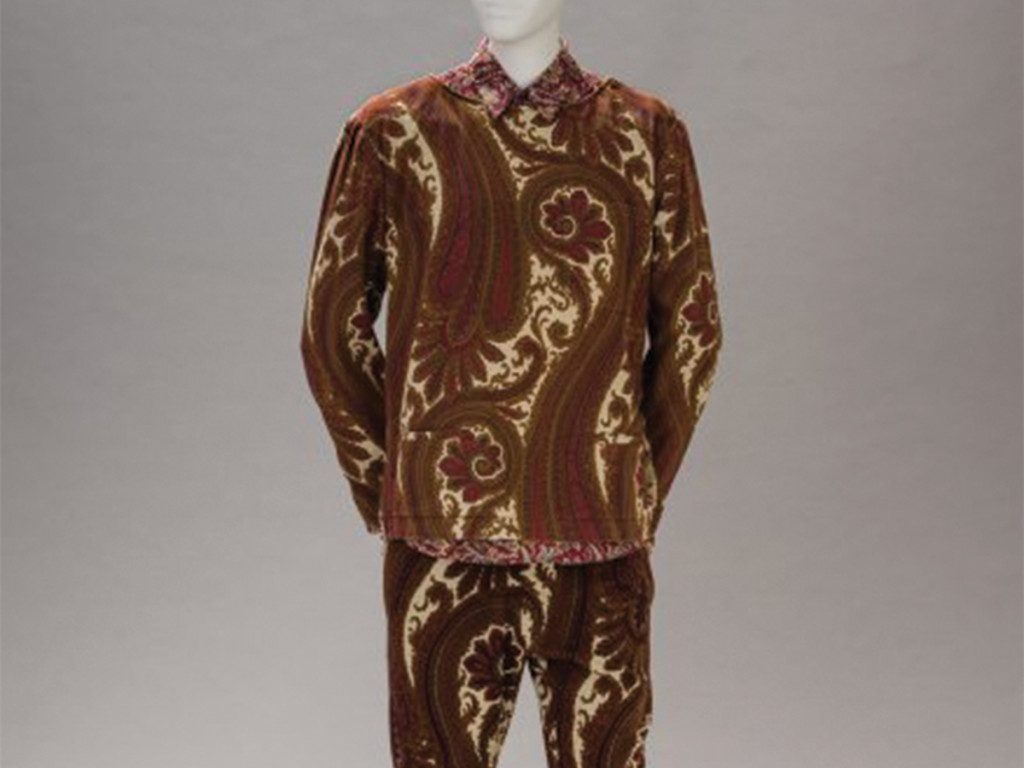
Men’s fashion is currently having a moment. According to statistics, men’s fashion has become the most prevalent market to open up in the last 15 years. While there was a time where it was considered feminine for men to care about fashion, in our current era there are more men than ever who are seriously invested in their own style. The rise of fast fashion and street wear is a testament to this burgeoning phenomenon. However, it would be wrongful to think of men’s fashion solely as a contemporary phenomenon. In fact, a recent exhibit at the Los Angeles County Museum of Art has set out to trace the various changes and revolutions in men’s fashion, from the latter half of the 18th century to our current era.
“Reigning Men” set out to trace the history of modern menswear, weaving a narrative of the political, social and aesthetic developments which augured and prefigured such changes. Unfortunately, this exhibit is no longer on view, but myself and the Editor-in-Chief, Myles Andrews-Duve, were invited to a special viewing of the exhibit, at an after hours event, hosted by art collective Rhonda International. The event was a celebration of timeless fashion and style, beginning with a dance floor at the entrance of the museum, to a DJ set within its walls. Individuals of all different ages were in attendance, wearing as many different styles as there were people. From millennials dressed in traditional streetwear brands such as Supreme and Bape, to others wearing clean cut suits and ties. One person even showed up in a white toga and red dyed hair.
The wide variety of styles in some ways complemented the narrative about men’s fashion the exhibit was telling. Dress codes and mores have long been connected with standards of masculinity, rebellion and ideas of the human body. For example, while early 20th century fashion relied on sharp suits, with tapered waistlines and structured shoulders, later 20th century fashion began to be far more androgynous, taking inspiration from cuts and forms that have traditionally been considered feminine. Following designers such as Alexander Mcqueen and Rick Owens, who had used their designs to challenge ideas of masculinity, there has been an overwhelming openness away from gender-normative design.
The exhibit opened with a display of the various “Revolutions/Evolutions” in approaches to men’s clothing. From more reserved 19th century breeches on display, to over the top modern suits and coats by avant-garde designers such as Raf Simons and Heidi Slimane. These designers were drawn to and reacting toward indie rock subculture, opting for more radical looks.
My favorite piece amongst the collection was a bright turquoise, black and gold tracksuit designed by Jeremy Scott. The tracksuit, made of light silk and laden in machine gun and gold chain prints, was reminiscent of political events such as the Arab Spring and mass incarceration in the United States — a subtle example of how fashion can reflect its own era.
The most valuable lesson contained within this exhibit was the fact that fashion, along with any other art form, is a reflection of its own time, and reacts to political and social circumstances as well as any other. The notion of fashion being elitist, caught up in an aesthetic ivory tower, was dispelled by “Reigning Men.” Looking around the room, at the multitude of different styles, I immediately wondered what the fashion of our era reflected about our current tumultuous times.








